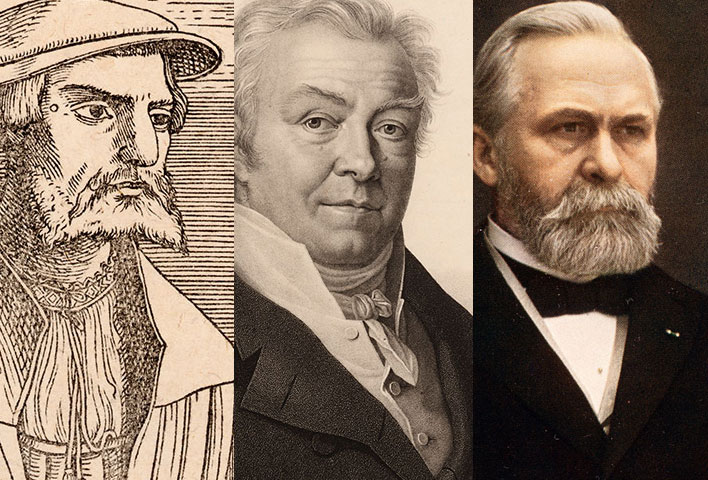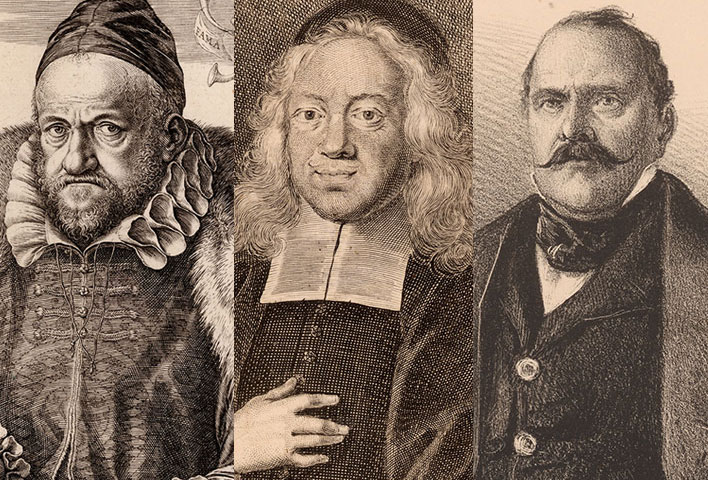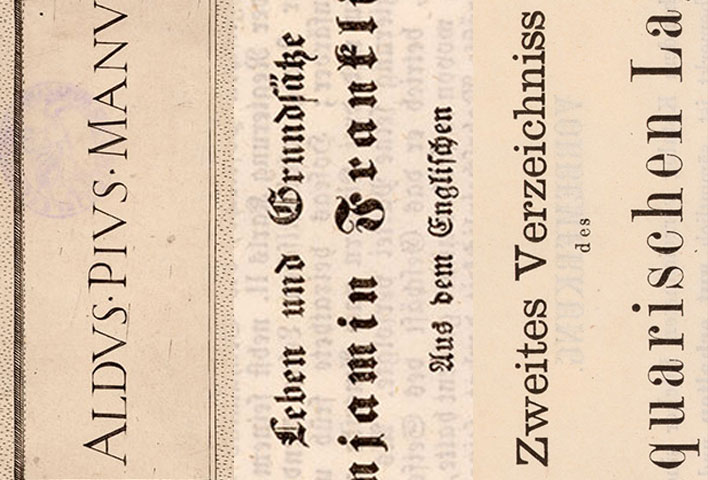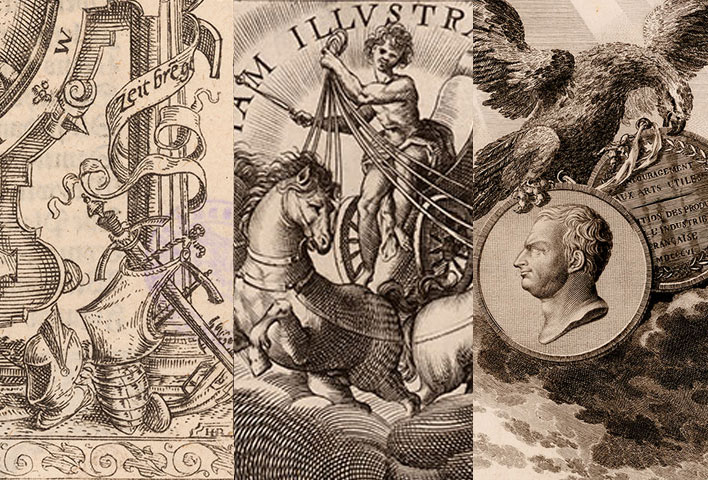400 Years of Book Portraits
How did portraits of book people change over time?
Discover it yourself! The German Museum of Books and Writing has collected 3,400 prints of book sellers, publishers and printers dating from the 16th to the 20th century. During those 400 years the technique, framing, typography, symbolism and even hair and fashion of the portraits changed significantly. On this site you can find a timeline overview of the collection and explore sub-collections of the change of the visual elements.






